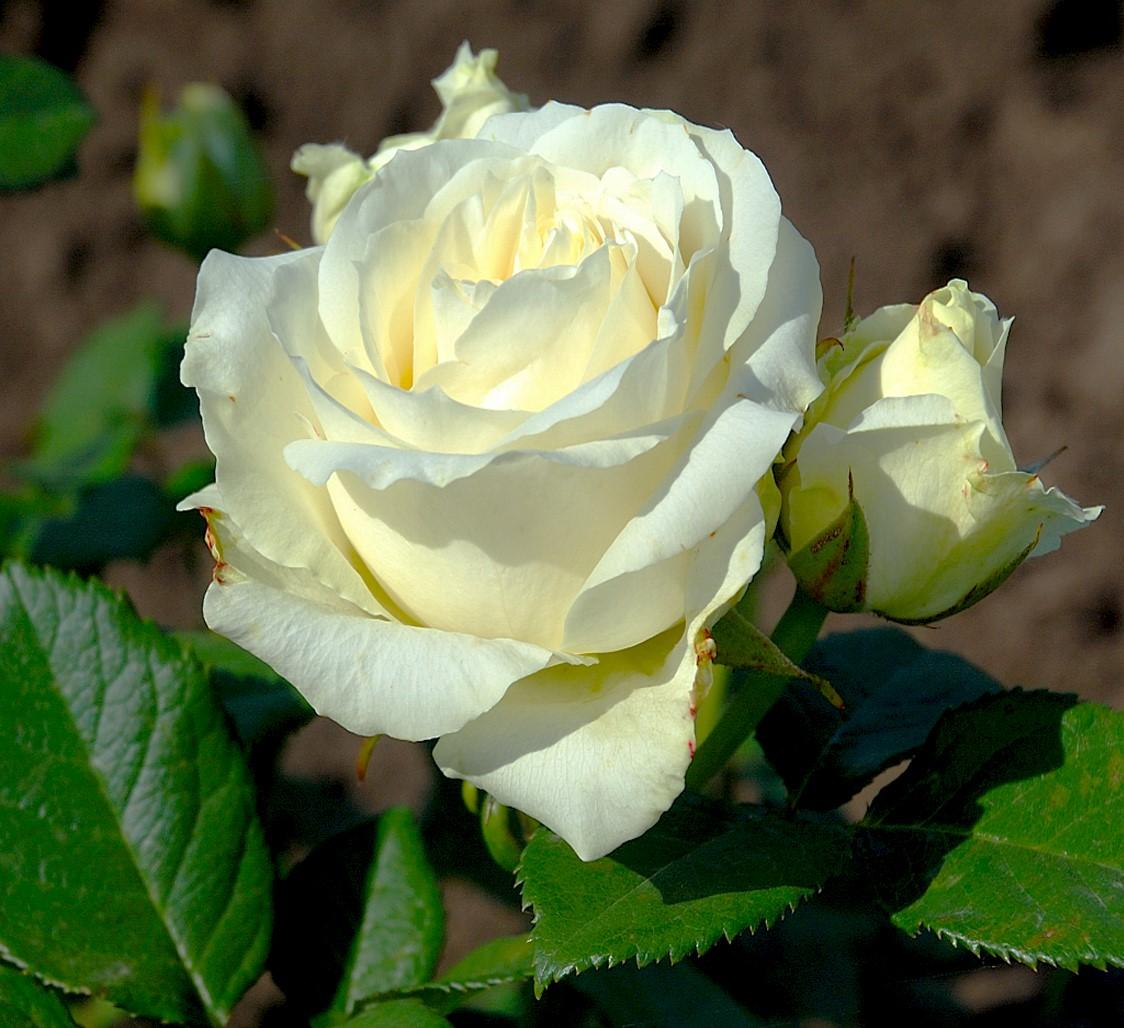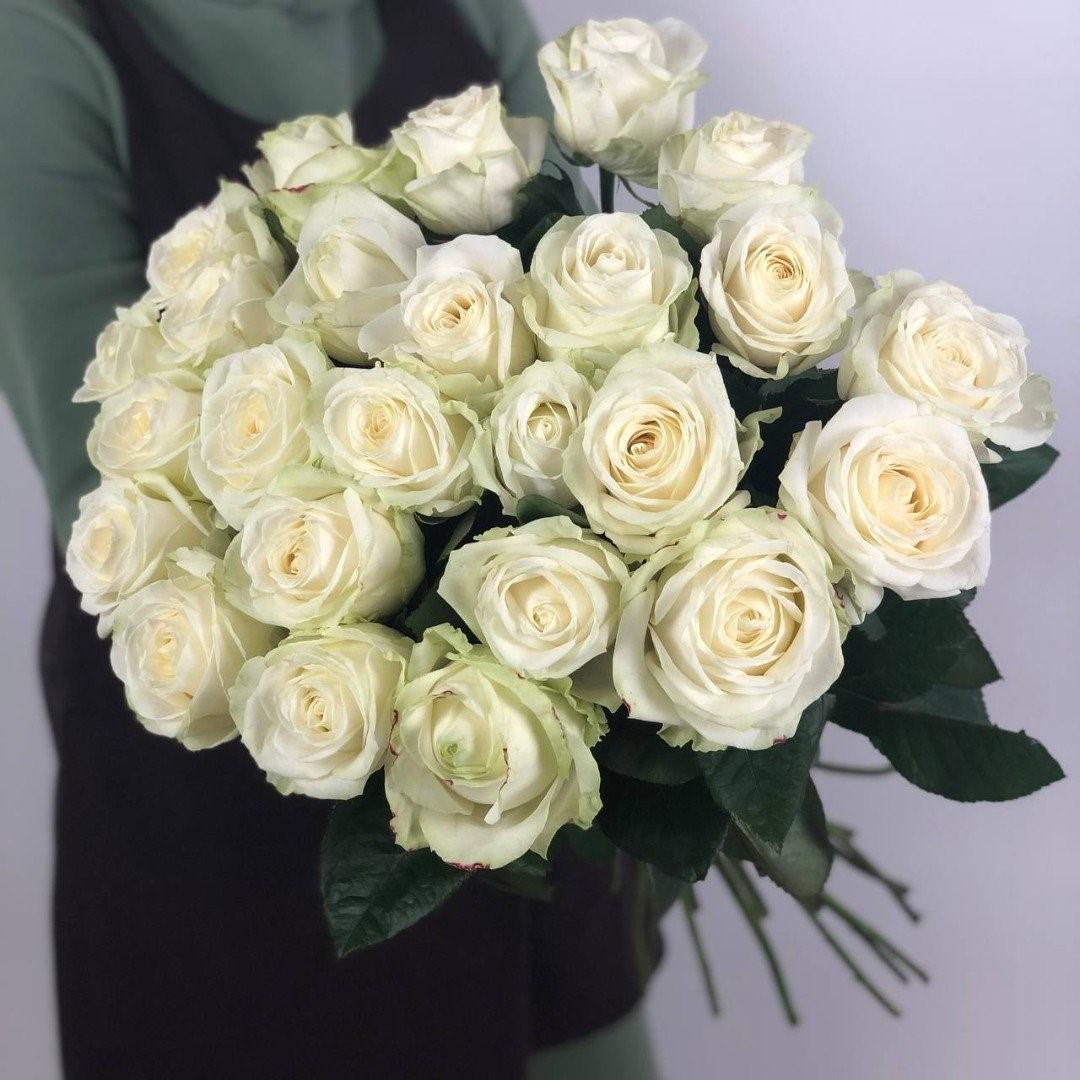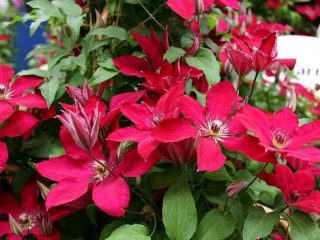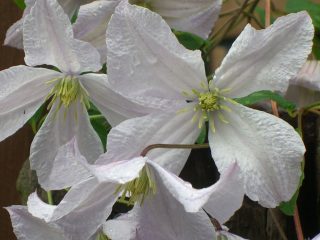Content
Rose Avalange is a young variety that has just begun to spread throughout the countries. The plant is a variety of the hybrid tea group. This species has unique decorative properties, but at the same time requires constant care from the owner.
Origin story

Rose Avalange is most popular in Europe
The originator was Lex Vurg. Rose was born in the Netherlands in 2004. Avalange translated into Russian means “avalanche”. The culture received this name for a reason. Snow-white flowers really resemble an avalanche, especially in the winter season.
Description of the Avalange rose variety with photo
Avalange is a fairly large plant. Its height can exceed 1 m. The size of the stem is about 70 cm. The shoots form only one flower. The buds are medium in size - about 14 cm, shaped like a glass. Rose Avalange looks well-groomed before and after the buds open. The flowers are light yellow, open fully, and are therefore very lush. The tone of the petals is rich; if you look closely, you can see the shimmer in the light.
The bush is compact, width - 55 cm. The shoots are erect, quite rigid, and do not bend during the growing season. There are few thorns.Flowering is abundant; during this period, peculiar sparkles are formed on the petals that reflect light. The petals are long and wide, velvety to the touch. Rose Avalange exudes a light but pleasant aroma.
The growing season begins in late spring and lasts until September. In May, the buds gain strength, increase in size, become more yellow and open.
The variety has excellent immunity. It is resistant to most diseases and is not afraid of pest attacks. However, this does not mean that it does not need to be looked after. In contrast, the Avalange rose is a very demanding plant. If you don't take care of it, you can forget about beautiful flowers. In the early stages, care is especially important, otherwise the culture will not take root.

Avalange leaves can be distinguished by their “toothy” edges.
Rose prefers partial shade. The scorching sun can burn the beautiful petals. Flower growers place Avalange near small fences, trees or other shrubs. Winter hardiness is average, so when the thermometer shows below -8 °C, it is necessary to build a shelter. The Avalange rose can withstand negative temperatures down to -24 °C, but if frost interferes for long enough, it will die.
In hot climates you have to take care more often. The crop requires regular watering, well-drained soil and nutrients. The rose tolerates temperatures up to +30 °C calmly; at higher temperatures, the leaves should be irrigated periodically. Light precipitation will not be a problem; rain and snow do not bother Avalange.
The beauty of the upper part is complemented by strong dark emerald leaves. The green mass is dense, the outer side has a matte surface.One flower has up to 24 petals, which open and slowly go down. The setting sun gives the crop a new color, it turns peach.
Rose is one of the re-flowering plants. Two-year-old specimens can produce lush blooms the very next year. A certain amount of time must pass between periods, although at this moment Avalange will form buds - there just won’t be as many of them. For beginners, it can be difficult to decide on floral waves. Flowering is long lasting.
Flowers do not change color throughout their life. Gardeners use Avalange as a cutting crop. Roses look great in any bouquet. The stem is very strong, so the plant can be moved without fear. Thanks to the luxurious cream flower, such a gift can surprise any woman.
Advantages and disadvantages
Rose Avalange is distinguished by its flowering duration. In addition, the culture lasts a long time in a vase.

In Russia, white tea roses Avalange (hybrid) are grown in Moscow and the Moscow region
Pros:
- decorativeness;
- average frost resistance;
- not afraid of heat and precipitation;
- pleasant aroma;
- fast adaptation;
- permanent color.
Minuses:
- the plant requires care.
Recommendations for cultivation
Avalange roses are planted in April. Since the species is a representative of the hybrid tea group, open (the main thing is that it is not disturbed by the afternoon sun and wind) or semi-closed areas. The soil should be slightly acidic; wood ash or slaked lime is added to reduce the concentration.Before planting, the soil is moistened and stones are placed at the bottom.
Being in favorable conditions, the plant demonstrates high growth rates. They are planted in open ground as soon as the soil has warmed up sufficiently. The roots will feel comfortable in loose soil. Planting can also be done in the fall. It is important to choose a period before the onset of cold weather.
High humidity can destroy Avalange roses, so they are not planted in coastal areas. Don't forget about groundwater. The depth of the pit should not be more than 1 m.
Experts advise planting roses as follows:
- Immediately before the process, soak the bushes for 2 hours in plain water.
- Prepare a hole about 60 cm deep.
- Place broken bricks, river sand or stones on the bottom.
- Cover the bush with soil and compact the area near the stem.
- Water well and wait until dry.
- Cover with a layer of mulch (fallen leaves, bark, straw).
- Dig a trench around the hole for irrigation.
At the end of flowering, the early buds (which appeared in June) are removed. This will allow for proper distribution of nutrients so that they go towards the development of stems and roots. It will be easier for such a plant to survive frosts.

If you do not forget about watering, the Avalange rose will form very lush flowers.
Advice! Fresh manure should not be added to the planting hole. Rosa Avalange does not like heavily fertilized soil.
Reproduction methods
The easiest way to propagate the plant is by cuttings and layering. Cuttings are carried out in the fall; samples can even be taken from a bouquet. In this case, shoots form quickly.
Reproduction instructions:
- Dig a hole of small depth - no more than 35 cm.
- Treat the cuttings with heteroauxin.
- Fill the hole approximately 75% with the same soil.
- Plant the cuttings, burying them 2/3 of the height of the stem, maintaining an angle of 45°.
- Water well, preferably using warm liquid.
- Cover with film or a bottle, making holes in it for air to pass through.
Some gardeners grow cuttings using potatoes. It is believed to be a natural growth stimulant. However, you need to be extremely careful, because if kept for a long time, the vegetable may begin to rot.
Diseases and pests
If you follow planting rules and care recommendations, Avalange roses will develop good immunity. The variety will not be afraid of diseases such as powdery mildew, black spot and other fungi. The plant quickly heals wounds, so it can withstand attacks by ants and aphids.
In conditions of reduced immunity, it is necessary to use standard means. To prevent ants, the leaves of the Avalange rose are treated with a soap solution. The use of insecticides will repel ticks, aphids and leaf rollers.
If Avalange rose flowers begin to turn black, this may be due to precipitation. When frequent rains are a concern, you will need to build a canopy.
Application in landscape design
Designers use Avalange roses for landscaping parks, alleys and private gardens. The plant can be planted in flower beds or directly into open ground. The variety can be combined with other crops, but also looks good when grown alone. The species is also used to create hedges.

Florists often use Avalange roses in wedding bouquets.
Conclusion
Rose Avalange is an ornamental plant that prefers warmth, moderate watering and slightly acidic soil. In the northern regions, shelter for the winter is necessary. With proper care, the crop will delight the owner with snow-white peach petals for a long time.
Reviews of rose Avalange








